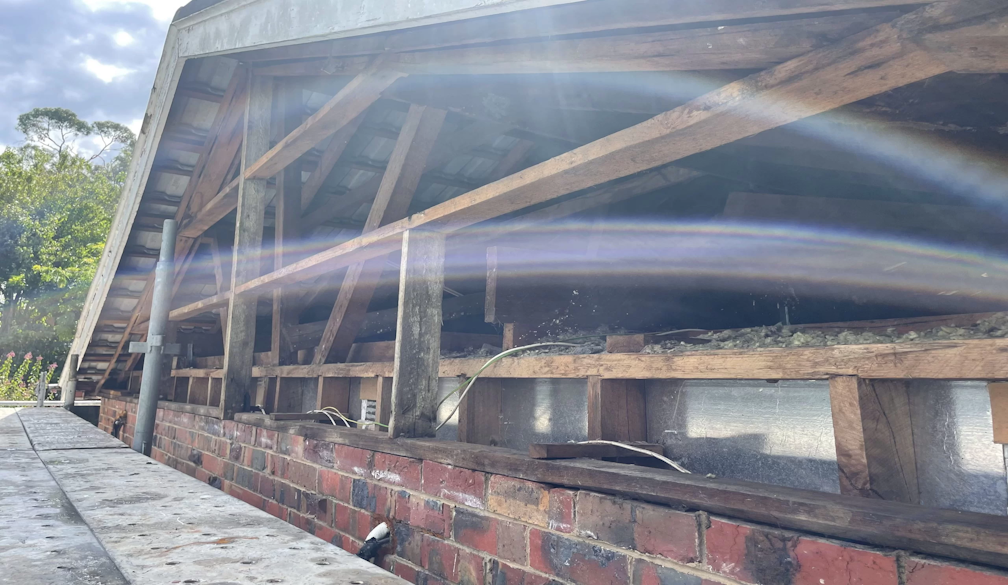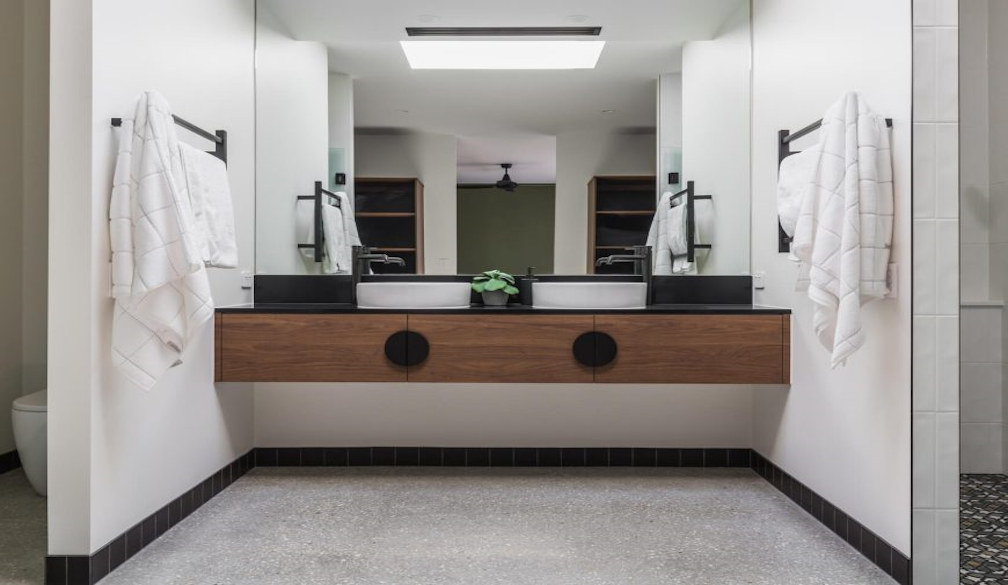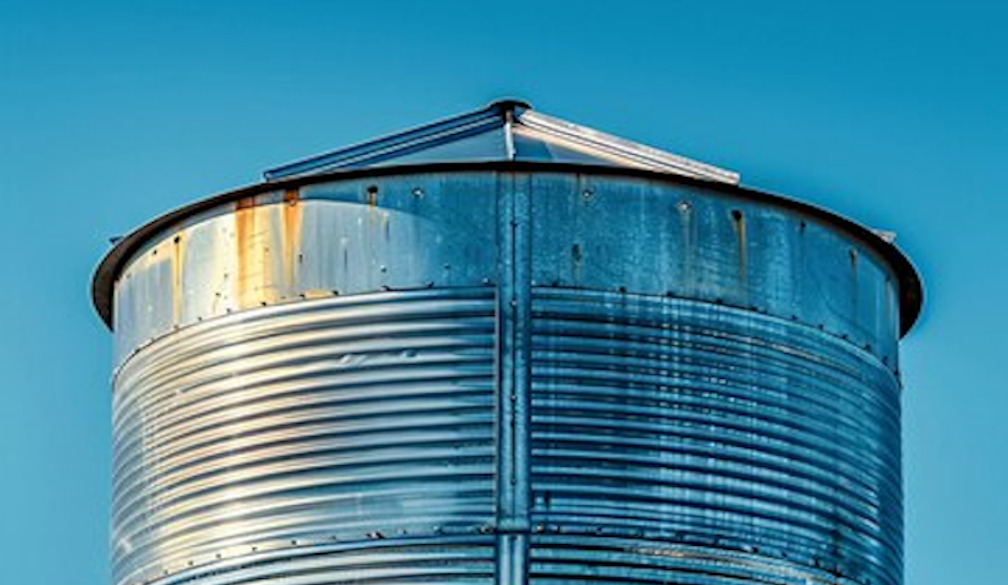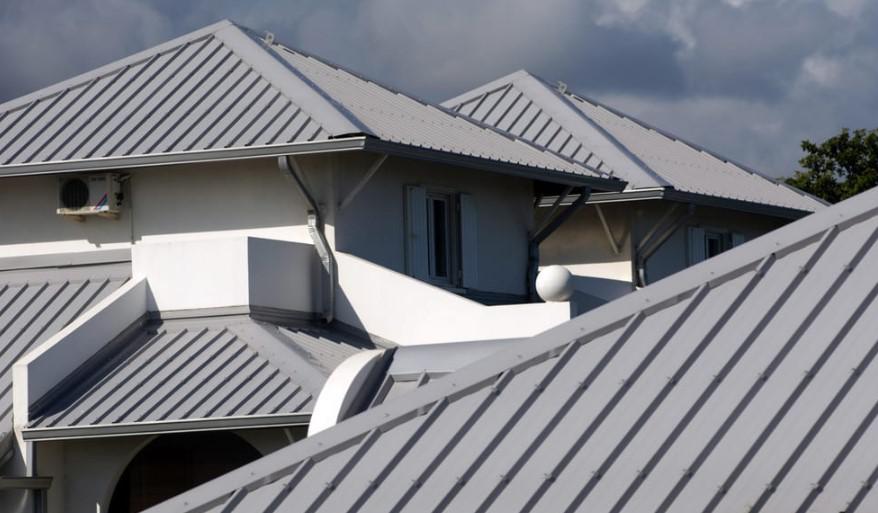Roof Joists: The Essential Support of Your Home!
- Written by The Post
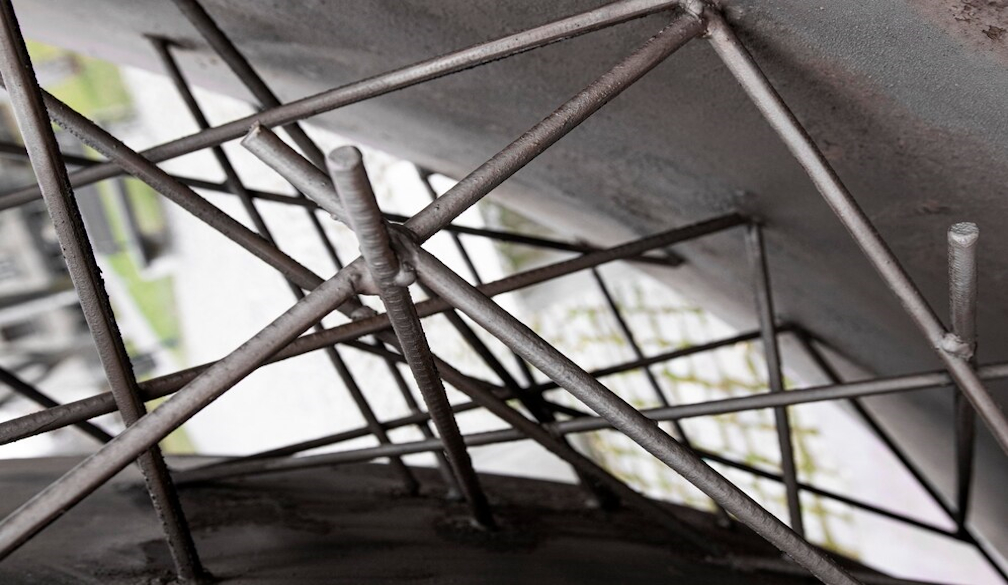
Introduction
When constructing your dream home, it's easy to focus on aesthetics like paint colors, furniture arrangements, and the latest kitchen gadgets. But have you ever thought about the vital role that supports your roof? Enter the world of Roof Joists—the essential components that keep your roof strong and reliable! In this blog, we’ll delve into what roof joists are, why they matter, and some fun facts that highlight their importance.
What Are Roof Joists?
Roof joists are horizontal beams designed to support the weight of your roof and distribute it evenly across your home's walls. Typically made from timber or steel, roof joists form the framework that gives your roof its shape and stability. Without them, your roof would be like a house of cards—great in theory but not so useful when it matters!
The Importance of Roof Joists
- Weight Distribution
One of the primary functions of roof joists is to ensure that the weight of your roof is distributed evenly. This balance is crucial for maintaining the overall stability of your structure. If one section of your roof were to bear too much weight, it could lead to sagging or even a structural collapse. So, when you hear a creak, give thanks to your sturdy joists!
- Design Flexibility
Roof joists offer incredible versatility in construction. Whether you’re envisioning a cozy cottage or a sleek modern design, roof joists can be tailored to fit your vision. Their adaptability allows architects and builders to create unique and stylish roofs that enhance the overall aesthetic of the home.
- Energy Efficiency
Did you know that roof joists can help improve your home’s energy efficiency? A well-constructed roof system can regulate temperature, making it easier to keep your home warm in winter and cool in summer. Who wouldn’t want lower energy bills?
- Noise Reduction
A peaceful home is a happy home, and roof joists play a role in that too! They can help to dampen sound, reducing the impact of outside noise, whether it’s a rowdy neighbor or a summer storm.
Where Are Roof Joists Used?
- Residential Homes
Roof joists are found in homes across Australia, from charming beach cottages to sprawling family residences. They provide the necessary support for roofs while allowing for creative design choices.
- Commercial Buildings
In commercial construction, roof joists are essential for supporting larger structures. From shopping centers to office buildings, they ensure that everything remains safe and structurally sound.
- Industrial Applications
Even in industrial settings, roof joists are crucial for maintaining structural integrity. Whether it’s a warehouse or a manufacturing plant, these components are key to keeping the facility functional.
Fun Facts About Roof Joists
- Ancient Origins: The concept of roof joists has been around for centuries! Ancient civilizations understood the importance of sturdy construction and relied on similar principles.
- Variety of Materials: Roof joists come in various shapes and sizes, from traditional timber options to modern engineered products, ensuring there’s a perfect fit for every need.
- Builder's Favorite: Roof joists are often the first components that builders work with when framing a roof, laying the groundwork for everything else that follows.
Conclusion
Next time you look up at your ceiling or admire your roof, take a moment to appreciate the incredible roof joists that keep everything in place. While they may not steal the spotlight, they play a crucial role in making your house a safe and sturdy home!


